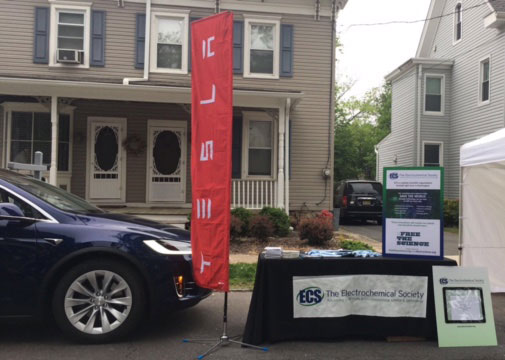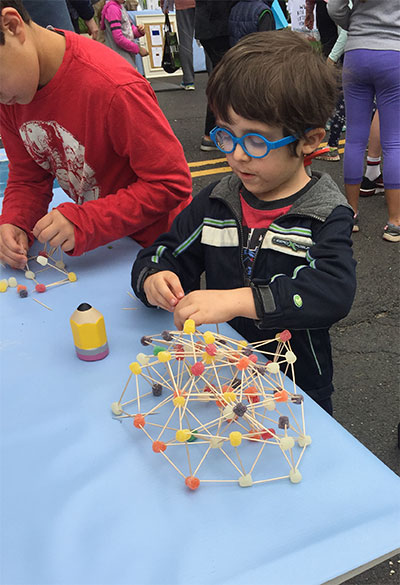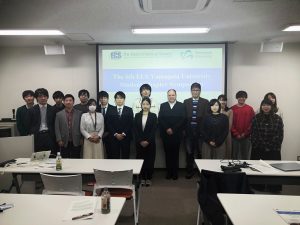
6th ECS Yamagata University Student Chapter Symposium
The ECS Yamagata University Student Chapter in Japan has been very active, organizing symposia on November 20 and 17 December, 2019.
6th ECS Yamagata University Student Chapter Symposium
The 6th ECS Yamagata University (YU) Student Chapter Symposium featured Dr. Philipp Stadler, Johannes Kepler University (JKU) Linz, Austria. His lecture, “Conductive Biopolymers as Sustainable Electrocatalysts,” covered the research background to the serious problems caused by global climate change and the scarcity of resources for developing sustainable technology. He presented recent progress on metal-free organic conductive polymer catalysts for hydrogen evolution reaction (HER) and CO2 reduction reaction (CO2RR). A lively discussion followed as the talk was directly related to YU students’ research. (more…)


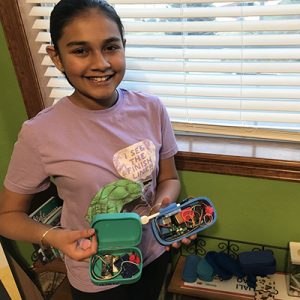

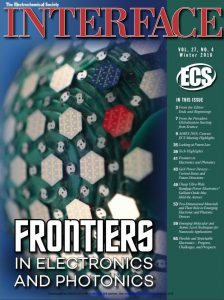 The following are the 2019 updated deadlines and submission guidelines for section and student chapter news to be considered for Interface.
The following are the 2019 updated deadlines and submission guidelines for section and student chapter news to be considered for Interface.
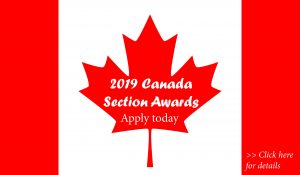
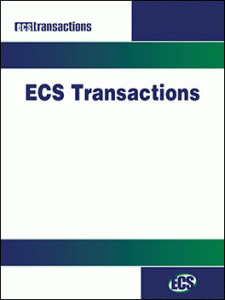 Sixteen* new issues of
Sixteen* new issues of 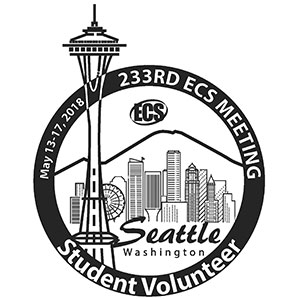
 Urban air pollution in the U.S. has been
Urban air pollution in the U.S. has been 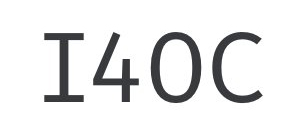 ECS is proud to announce its partnership with the Initiative for Open Citations (I4OC). By joining forces with I4OC, ECS has opened up citation data, further expanding accessibility to scientific knowledge by releasing into the public domain reference data published in
ECS is proud to announce its partnership with the Initiative for Open Citations (I4OC). By joining forces with I4OC, ECS has opened up citation data, further expanding accessibility to scientific knowledge by releasing into the public domain reference data published in 